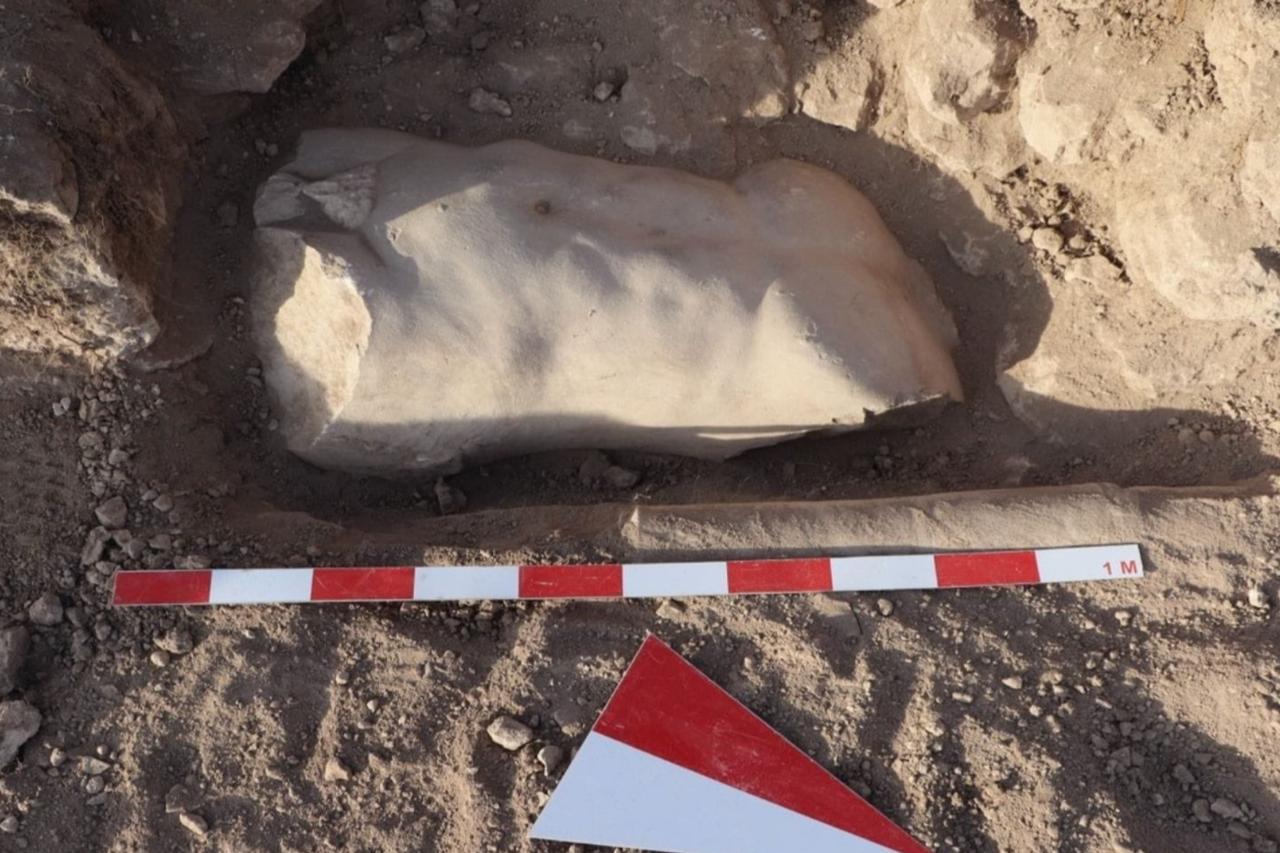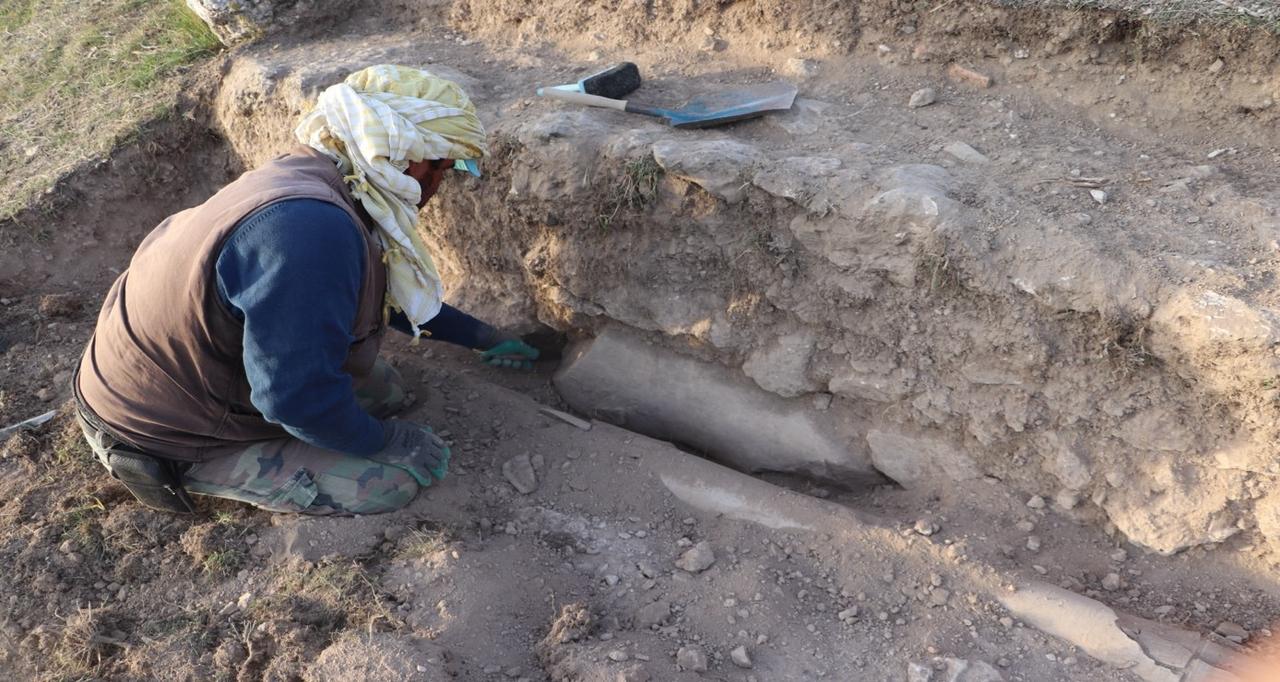
A newly uncovered 1,800-year-old statue has added fresh momentum to archaeological work in the ancient city of Blaundos in Türkiye’s western Usak province, where researchers continue to unearth traces of Roman-era life on a dramatic plateau framed by the Ulubey Canyon.

Archaeologists excavating the city’s 2,000-year-old stadium say the statue was found unexpectedly inside one of its walls, where it had been used as a filler stone during the Byzantine period. The stadium, thought to have been constructed by Macedonian soldiers who settled in the region during Alexander the Great’s campaign in Anatolia, rises above the steep valley carved by the canyon.
https://x.com/arkeolojihaber/status/1993311012552888627?s=20
The discovery came to light as teams cleared structural layers overlooking the valley edge, revealing a stone block that turned out to be a finely shaped torso belonging to a male figure.

The headless and limbless statue, now transferred to the Usak Museum, measures 87 centimeters in height and 47 centimeters in width. Serif Soyler, excavation director and head of the museum, told Anadolu Agency that the craftsmanship and stylistic features point to the 2nd century A.D., noting that its reuse in later construction effectively protected the piece for centuries.
He described the figure as “a beautifully crafted torso,” adding that its position within the wall allowed it to remain intact despite the passage of time.
Conservation specialists at the Usak Museum have started detailed cleaning, stabilization, and analysis. Following these scientific studies, the statue is expected to be placed on public display as part of efforts to highlight ongoing discoveries at Blaundos, an ancient settlement increasingly recognized for its well-preserved Roman architecture and dramatic setting.